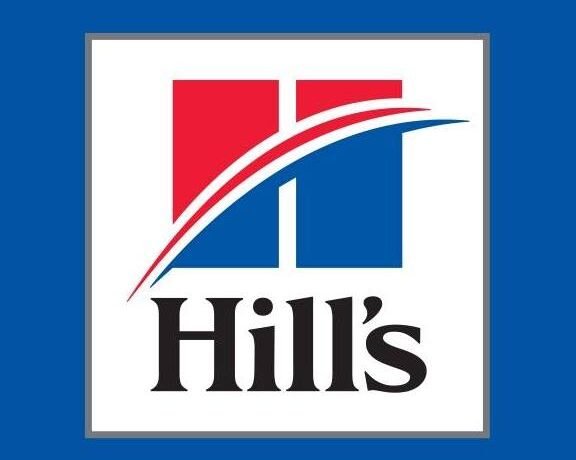Sheep
Two Rivers Vets offers a full range of services for sheep farmers, for both commercial and pedigree flocks. Our vets are proactive in advising on flock health, and are keen to get involved with management systems prioritising the health and welfare of sheep, leading to efficient production and a profitable business for you. Two of our vets live and work on their own farms with sheep as well as cattle.
For more information on emergency work in sheep see our Farm Emergencies page.
Below are a few examples of the services we can provide for sheep.
Health Scheme Accreditation
Health schemes are available for the following conditions in sheep and goats through the SRUC:
Maedi Visna (MV) for sheep
Caprine Arthritis Encepahlitis (CAE) for goats
Enzootic Abortion of Ewes (EAE)
Johne's Disease
Scrapie Monitoring Scheme for export
Scrapie Genotyping for selective breeding
Caseous Lymphadenitis (CLA) testing & pre-sale testing
We can help you fulfill the requiremens of these schemes for your flock, including blood testing and biosecurity.
If you would like further information or are interested in enrolling in one of these schemes please contact us to discuss.
Flock Health and Performance
We recommend that all farms complete a flock health plan in association with their vet to optimise performance - these are also an essential part of most quality assurance schemes. Other on farm investigations we routinely undertake for flocks include:
Ill thrift in lambs and ewes
Investigation of abortion or poor scanning results
Worm and fluke testing and control
Pre-lambing metabolic profiling of ewes to establish whether protein, energy and trace element requirements are being met
Testing to establish disease status and keep disease out of your flocks, including pre-export testing
Please contact us if you would like further information.
Lung scanning for OPA
Ovine Pulmonary Adenocarcinoma is an infectious lung tumour of sheep caused by a retrovirus, causing weight loss, exercise intolerance and breathing difficulties. Unfortunately no treatment is available.
Lung scanning of sheep becomes commercially viable when the incidence of OPA in a flock is greater than 2%. The aim of scanning is to remove suspect animals while still of some cull value, and reduce the spread of infection within the flock.
We recommend scanning at risk groups twice annually. Purchased replacements can be scanned in quarantine as well as animals prior to sale. If you are unsure about the prevalence of OPA in your flock, cull ewes can be scanned annually to look for cases.
Fertility testing of rams
All rams should be examined prior to the breeding season each year and suspect animals tested. Rams can also be tested and certified prior to sale.
As well as a full clinical examination and a specific fertility examination, testing includes the collection of semen and analysis of the sample, which is done in house. Vets David and Danielle have undergone additional training in this field.
Lambings and caesarian section
All of our team are experienced lambers and all are very happy to perform caesarian sections when required.
If you are having trouble with a lambing, whether its triplets with mixed up legs or a big single that you’re not sure you can pull, give us a ring sooner rather than later and we can be on our way to you ASAP.
Lameness
Lameness in sheep has significant financial implications. Loss of productivity including, reduced growth rates in lambs, reduced milk production and reduced fertility in the ewes as well as treatment and labour costs all add up. It is also a welfare concern and an area we can target for reduced antibiotic usage.
If you have a lameness problem in your flock which is attributed to infectious causes (ie. scald/footrot) please contact us to discuss implementation of the five-point plan.
1. Cull – animals that have two or more cases of lameness and those with chronically infected, misshapen feet should be removed from the flock.
2. Quarantine - all bought in animals should have their feet inspected in quarantine and be treated if necessary or at least foot-bathed to avoid introducing infection.
3. Treat - clinical cases, even those with a locomotion score of 1 should be treated promptly, ideally within two days, to avoid spread of infection. Trimming of feet as a treatment is no longer recommended. Infection can easily be spread on foot shears and excessive trimming delays healing.
4. Avoid – handling facilities should be clean and dry. Consider moving feed troughs and using lime around poached gateways and water troughs.
5. Vaccinate – consider using Footvax to build your flocks resilience. An initial course of two injections is given 6-8 weeks apart followed by boosters every 6 months, prior to the main risk periods (Spring/Autumn).
Parasite control programs
The risk for liver fluke varies each year depending on weather conditions, with mild/warm and wet weather being associated with the highest risk. We would encourage you to check the current fluke/parasite forecast for your area regularly at the National Animal Disease Information Service.
Fluke treatment protocols are based around standard autumn, winter and spring doses with ‘extra’ doses required in high risk years. Unlike worms, sheep do not acquire immunity to liver fluke and so all ages of sheep must be treated every year.
To establish whether fluke is present on your farm we can check blood or dung samples from at risk groups. The recommended test depends on time of year and previous treatments. Please contact us for more information.















